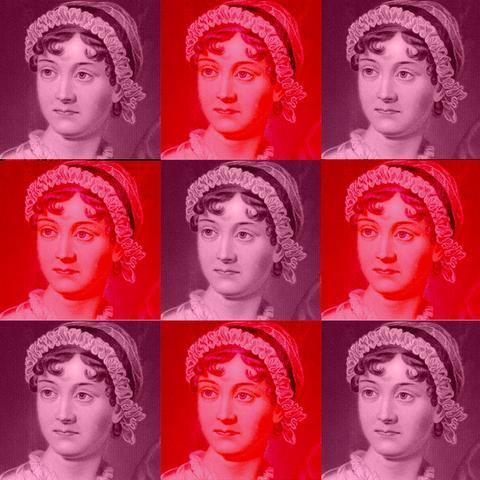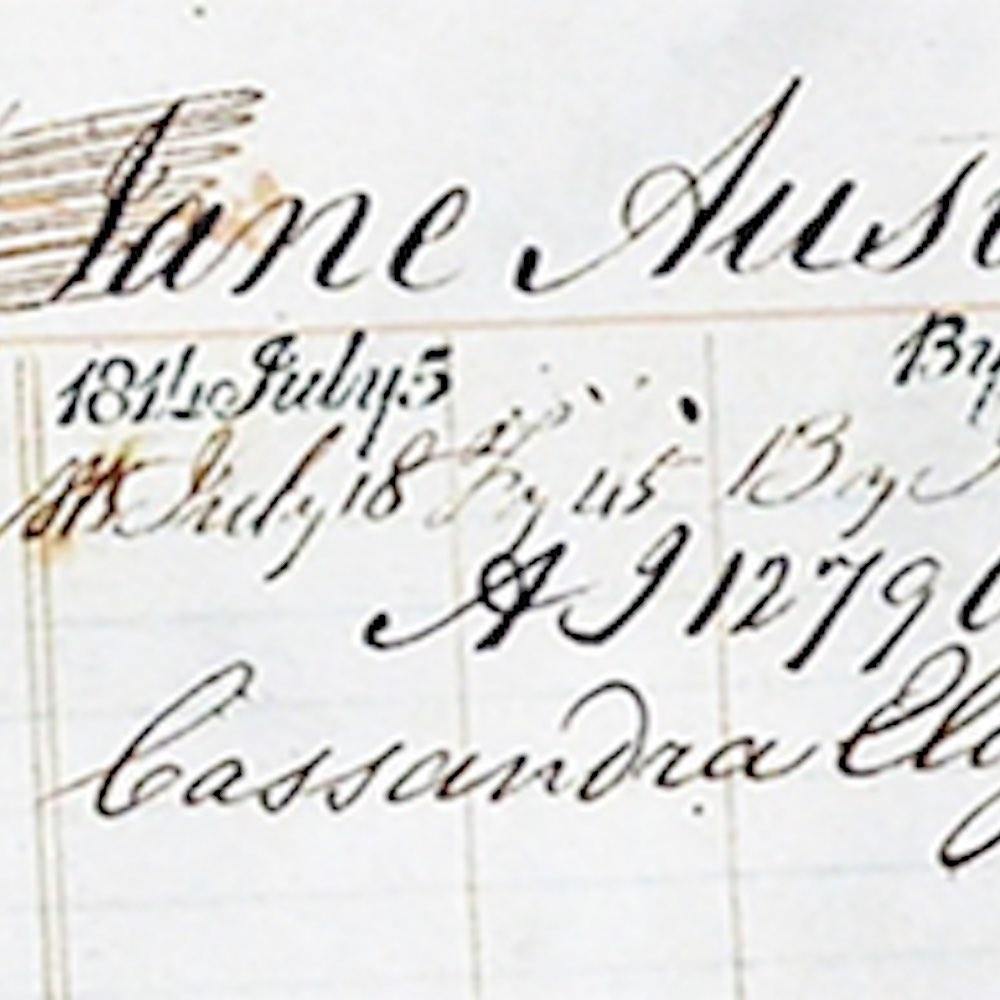Catherine Morland: A Failed Gothic Novel Heroine?
Catherine Morland: A Failed Gothic Novel Heroine? - A guest essay by Lucie Rivet
Jane Austen is famed for creating literary characters who feel real to the reader. Perhaps for this reason, even two hundred years after her death, film adaptations, sequels and fan fictions are still being created based upon her work, and Jane Austen has never before been read by so many people in so many countries around the world. Austen was from a family of opinionated readers, and had very little patience with some literary trends that she found ridiculous, and with readers who couldn’t tell reality from fiction. One of her most interesting literary characters is Catherine Morland, the heroine of Northanger Abbey, which was the first novel that Jane Austen completed, even though it was only published after her death. Catherine Morland’s story is inspired by these strong beliefs concerning novels, readers, and literature.

At the beginning of the book, Catherine Morland is introduced as an anti-heroine, being really quite plain, and having nothing interesting in her family history, nor in her character. Hence, the famous first sentences of the novel:
“No one who had ever seen Catherine Morland in her infancy would have supposed her born to be an heroine. Her situation in life, the character of her father and mother, her own person and disposition, were all equally against her.”
As a teenager, Catherine becomes a little bit more accomplished - but she mainly spends her time reading gothic novels, that were fashionable among young girls of the Gentry, Aristocracy and rising Bourgeoisie at the time. Catherine is then invited in Bath, where she meets the Tilney family. During a walk, Catherine and her new friends talk about novels. Henry Tilney shows he can enjoy a good gothic novel, or any novel, without ever mistaking it for reality, whereas Catherine shows that she is somewhat confused with this distinction. Jane Austen will amplify this aspect of Catherine when she is invited to stay at Northanger Abbey, the Tilney family’s home. Her imagination is unleashed, in a place that looks so much like the castles of her gothic novels.

She thinks she is going to find suspicious parchments in the chest of her room. She interprets what people tell her as if they were characters of a gothic novels. She even goes as far as sneaking into Henry’s late mother’s room in the hope of finding something that could confirm that she was killed by Henry’s father. Catherine has indeed grown convinced that Henry’s father is in fact as terrible as the villains of her gothic novels. Henry surprises her in his mother’s room, and is shocked and disappointed that she has thought his father capable of murder. His shock helps Catherine to understand the difference between novels and reality, as Henry is both quite harsh and also understanding.
From this moment, Catherine is no longer a character who is only a confused reader: she is going to become a real-life, well-rounded character who will experience real life tribulations (as both herself and her brother are victims of manipulative people’s schemes) before ending up as a perfect Jane Austen heroine: marrying a man that she loves and who loves her too. So, she has failed to metamorphose into a Gothic novel heroine, but she has succeeded in her own real life.
Isn’t that a better way to live? Northanger Abbey is sometimes considered a parody of Gothic novels, and it is, in some places. However it is, above all, a defence of good novels and good readers, who are able to read with amusement, without expecting their lives to look like one of the stories they read.
Northanger Abbey is far from discrediting reading novels (by the way, the only character in the book who does not read is John Thorpe - the real villain of the story). Through Henry and Catherine’s characters, Austen draws a very skillful portrait of what a good reader is, and what a foolish and ridiculous reader is. So, in this coming-of-age novel, Jane Austen tells the story of a character who starts as a plain child, who then turns into a teenager with admirable qualities. The teenager is a poor reader and lacks common sense and real life experience, but she will then bloom into a real woman and heroine of her own life - empowered and intelligent, able to make wiser choices and to be as free. At least, as free as was possible in the English society of Austen’s time.



3 comments
Oh, thank you, @GraciaFay! What a lovely thing to write!
And, yes, you are correct, @Julian!
Anonymous
John Thorpe has read one book: The Monk. This is quite an indecent book even by today’s standards. Asking Catherine if she’s read it is improper. In my young days we’d be asked if we’d read Fanny Hill. If we admitted we had, we were marking ourselves as possibly an easy conquest. There is method in John Thorpe’s madness!
Anonymous
I was disappointed that this essay turned out to be so short. Let’s hear more, Ms. Rivet!
Anonymous
Leave a comment
This site is protected by hCaptcha and the hCaptcha Privacy Policy and Terms of Service apply.